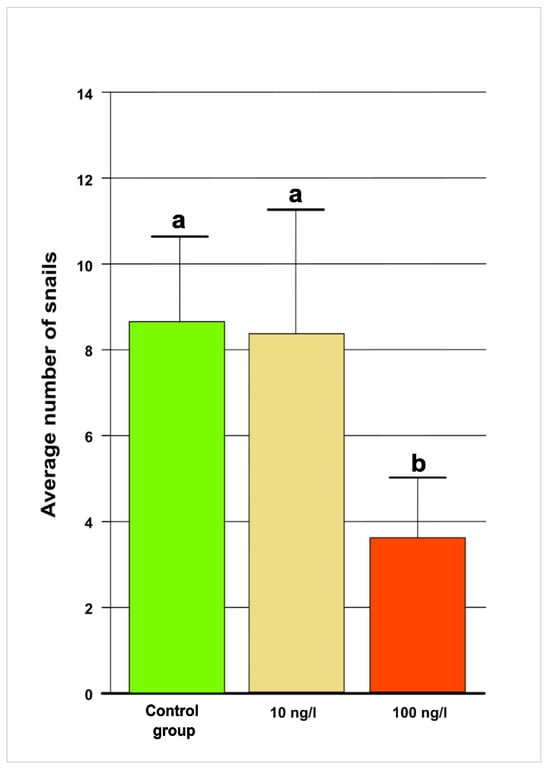- Article
Urban streams are subjected to a variety of impacts from stormwater runoff, channelization, routing through culverts, and highly modified riparian zones, all of which can have negative effects on stream habitats and resident fish communities. Coldwater trout streams in urban areas may be especially impacted due to their normally low fish diversity and the higher intolerance of those species to such factors as stream temperature, dissolved oxygen concentrations, and water chemistry. Fish communities were examined at two sites in each of four coldwater trout streams in southeastern Minnesota USA: one site within the residential/commercial areas of a city and one site outside of the city limits in rural (agricultural) areas. Fish were surveyed (all fish counted and identified) in representative 150 to 200 m sections at each stream site with a backpack electrofisher. Data were used to produce Simpson and Shannon diversity indices, taxa richness values, a coldwater index of biotic integrity (IBI) score and rating for each site, and an NMDS plot using fish communities to compare between urban and rural stream sections. Overall, fish representing 17 different species and 11 families were found at the sites examined. Brown trout (Salmo trutta) comprised 65% of the total catch and was the only species collected at every site. Average fish species richness was nearly three times higher at urban sites than at rural sites, and Simpson and Shannon diversities were also significantly (four to five times) higher at urban compared to rural sites. However, coldwater IBI scores were significantly higher at rural (average = 93, good rating) than at urban (average score = 59, a fair rating) sites, indicating better coldwater biotic integrity in rural stream sections. A NMDS plot indicated that fish communities at urban sites were more similar to one another than they were to rural site communities; separation between urban and rural sites was largely influenced by species exclusive to urban sites. Reduced biotic integrity and altered fish community composition in urban streams likely resulted from a combination of factors including modified stream habitat and hydrology, warmer water temperatures, and urban runoff.
9 December 2025





![Annual changes in COD, chlorophyll-a, total nitrogen, total phosphate and transparency at the lake center from April 1998 to March 2023 in Lake Kawaguchi. Yamanashi Prefecture [17].](https://mdpi-res.com/limnolrev/limnolrev-25-00053/article_deploy/html/images/limnolrev-25-00053-g001-550.jpg)
![Electricity production by the source of Ecuador [5].](https://mdpi-res.com/limnolrev/limnolrev-25-00052/article_deploy/html/images/limnolrev-25-00052-ag-550.jpg)